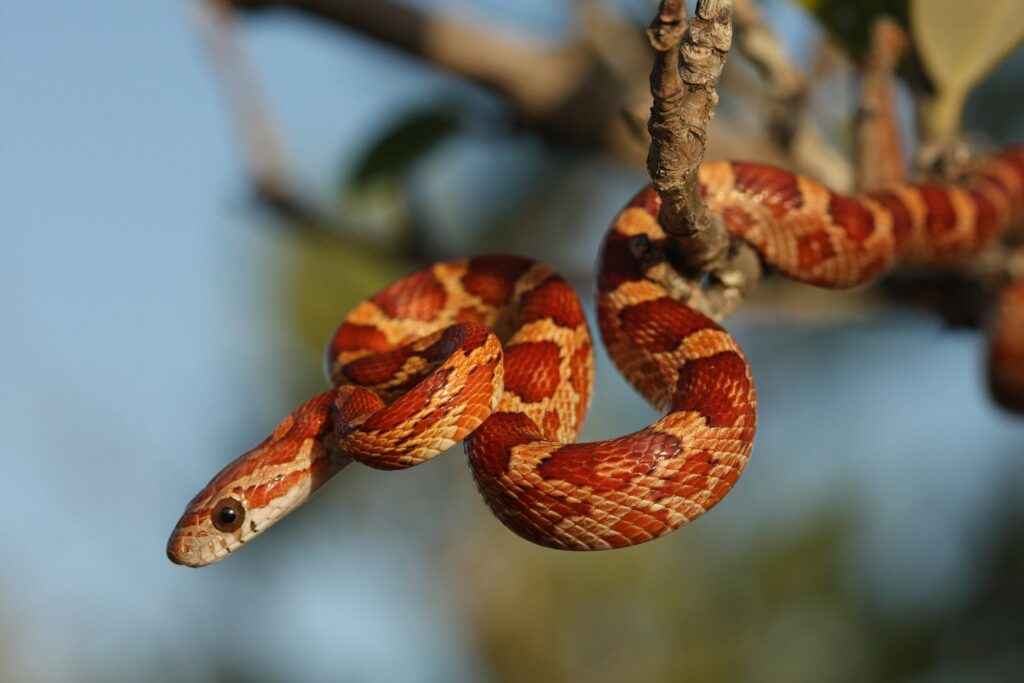Corn snakes are one of the most common snake species in many countries. They are small in size so they get the attention of many people. The article All To Know About Corn Snakes will give you all the necessary information about this snake.
Where do corn snakes come from?
The southern and central regions of the United States are home to corn snakes. Their distribution spans as far north as New Jersey and as far west as Oklahoma, although they are most frequently seen in states like Florida, Georgia, and the Carolinas.
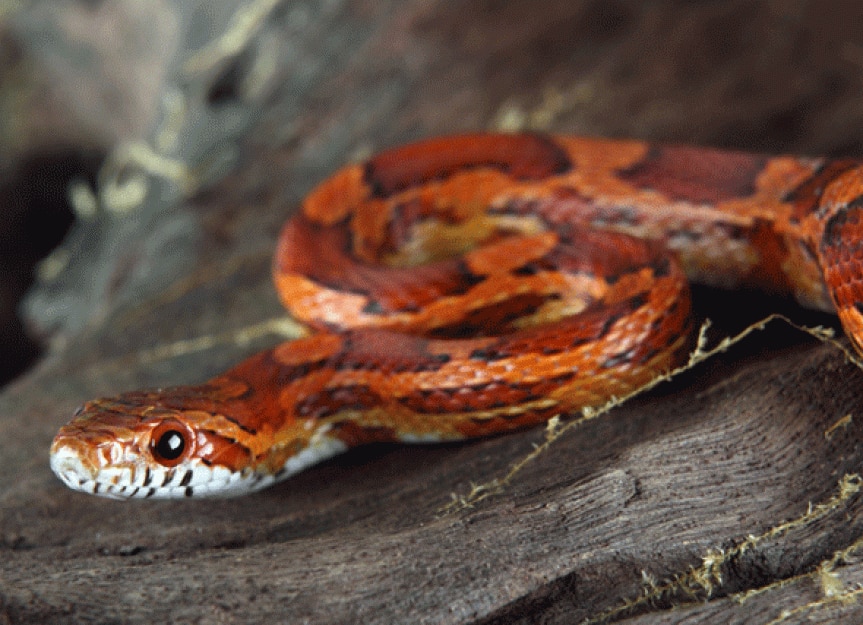
Given that their primary food source is small rodents like mice and rats, they are known to inhabit a range of environments, including forests, fields, and marshes. They are also frequently seen close to agricultural regions.
They can benefit from the availability of food supplies and shelter in residential settings when they are located in suburban and urban locations.
What do corn snakes eat?
Rodents are the main prey of corn snakes. They will consume tiny birds and reptiles in addition to small mammals including mice, rats, and voles. Due to their opportunistic feeding style, they will consume any accessible prey.
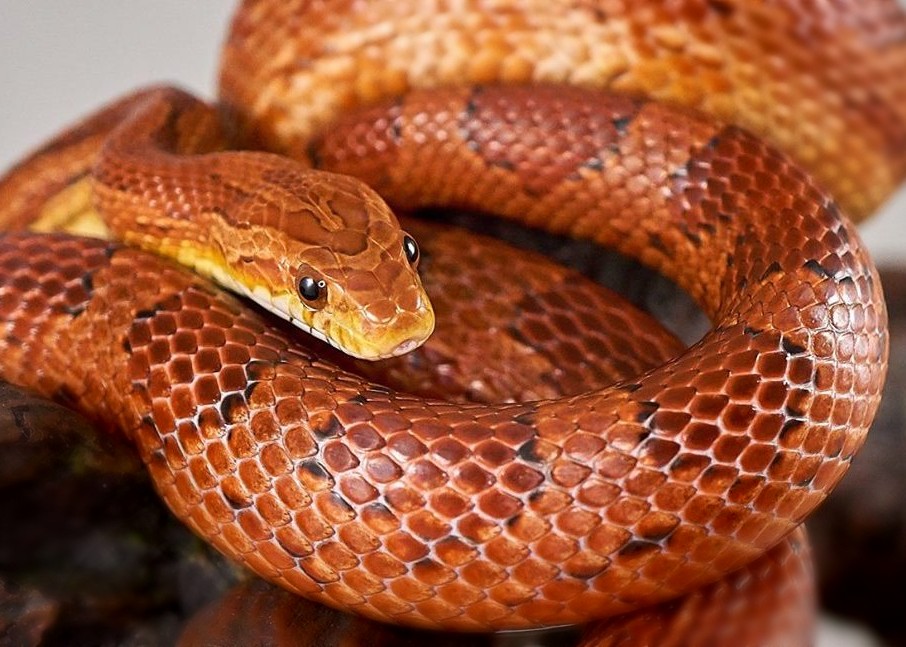
They would constrict their prey to kill it before eating it because they are not poisonous. They have also been observed eating insects and eggs. They generally consume frozen mice or rats that have been thawed to room temperature while living in captivity.
It’s crucial to provide food that is adequate for the snake’s size since overfeeding or underfeeding might have negative health effects.
How long is the life span of a corn snake?
A corn snake’s lifetime can vary depending on the environment in which it is maintained, but on average, it can survive for 15 to 20 years in captivity. Some corn snakes may live up to 25 years if given the right care.
Their life span is often lower in the wild for a variety of reasons, including predation, illness, and exposure to unfavorable environmental conditions. Because they are shielded from many of these dangers and given good care and diet, corn snakes maintained as pets typically live longer than those in the wild.
What is the reproductive process of corn snakes?
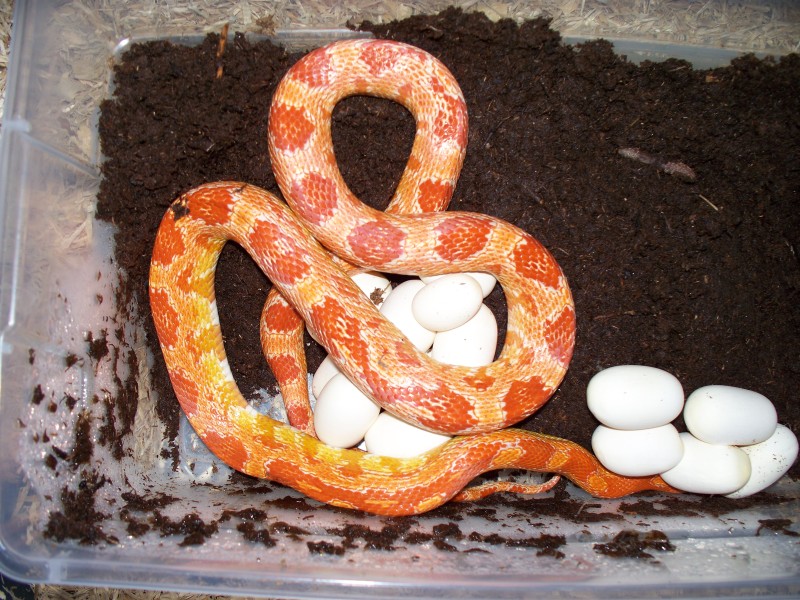
How many colors are there in corn snakes?
Red rat snakes, often known as corn snakes, can have many various morphs and hues, such as albinism and melanistic coloring. The “regular” corn snake, which is often orange or brown with dark brown or black blotches, and the “red” corn snake, which is typically a brighter orange hue, are two of the most prevalent variants.
Additionally, certain morphs can be yellow, white, or even purple. Overall, corn snakes come in a wide variety of forms and hues. This is the follow-up to All To Know About Corn Snakes.
Corn snake’s preferred temperature and humidity
The southern region of the United States is home to corn snakes, which favor a range of temperatures and humidity levels that resemble their natural environment.
Corn snakes require a basking area that is between 85 and 90 degrees Fahrenheit (29-32 degrees Celsius) and a colder region that is between 75 and 80 degrees Fahrenheit (24-27 degrees Celsius). 70-75°F (21-24°C) should be the ambient temperature of the enclosure.
Corn snakes prefer a relative humidity between 50% and 60%. This may be accomplished by utilizing a substrate that maintains moisture, such as coconut fiber, spraying the enclosure on occasion, offering a water dish, and doing so.
To keep the snake happy and healthy, it’s crucial to check the humidity levels and make modifications as necessary. This is the follow-up to All To Know About Corn Snakes.
Notes on using corn snakes as pets
For those who are interested in snakes and have previous experience caring for them, corn snakes make wonderful pets. They come in a variety of colors and designs, are simple to care for, and have a calm disposition. But it’s crucial to remember that they’re living things that need good care to survive.
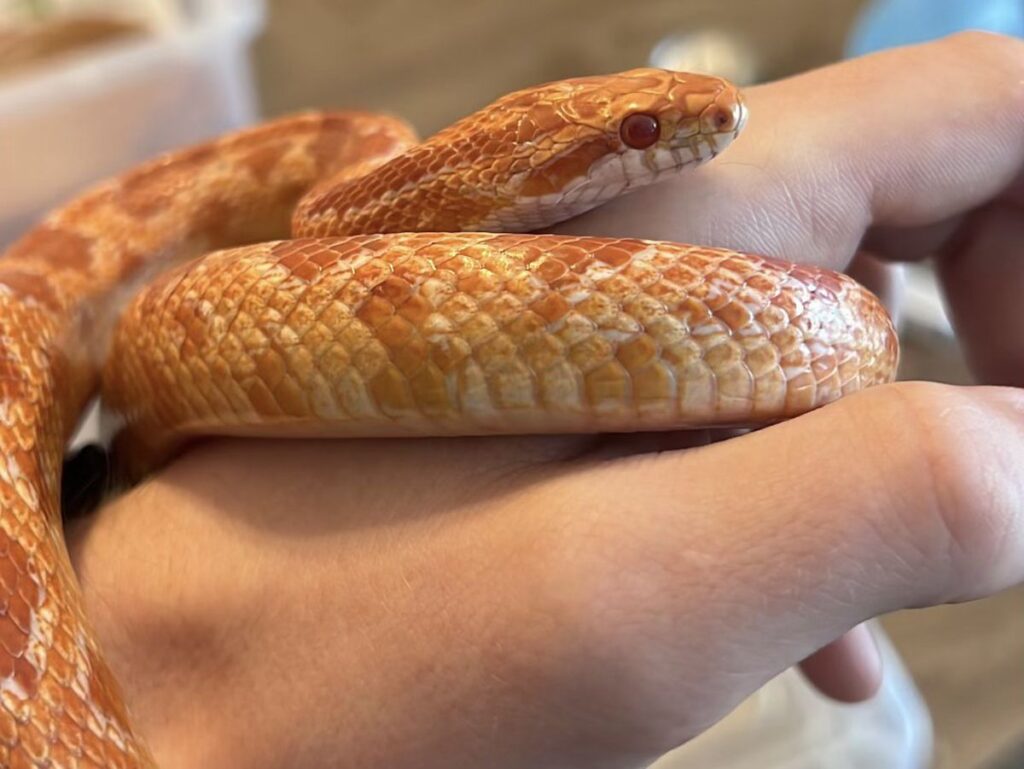
Conclusion
In general, corn snakes are not too complicated snakes, so they can make a pet for those who love snakes. You just need to know the information about them to be able to own them. Hopefully, the article All To Know About Corn Snakes will provide you with useful information.

